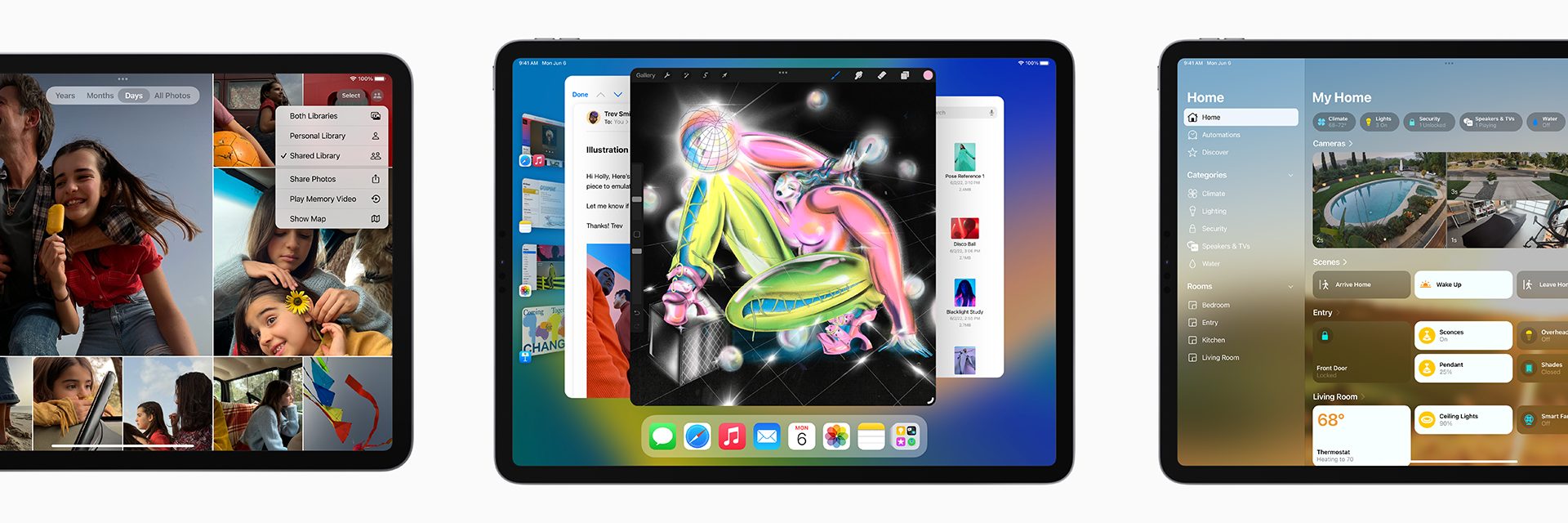TikTok is one of the fastest-growing entertainment and social platforms in the world iun 2020 and 2021. Even more popular in active use over previous giants Facebook and Instagram. Last year when the world was locked in, 2 billion downloads in April 2020 meant the eyes were not shut out from the market. TikTok’s userbase has grown substantially but where does your data go?
@hiproyoguys923
Each time you use the app it is harvesting data about you; accessing your camera, microphone, contact list, GPS coordinates, even pics in your photo gallery.
Analysing your facial data with each video you make, scanning your expressions as you try a filter you use. This is to work out what kind of person you are.
This is all calculated to make decisions about the kind of content you might enjoy while flogging you ads about Door Dash.
So… where is all this data stored?
@weinerfingerss Why was EVERY school the same #australia #aussie #growingupaussie #school #genz #fy
While TikTok’s headquarters are in Beijing, the app’s Australian General Manager Lee Hunter recently claimed Australian user data is stored in Singapore. But ‘Data’ is a vague term, while TikTok profile details and videos may be stored in Singapore, that doesn’t mean the data isn’t being analysed in China.
Scientists have experimented with the potential of data harvesting TikTok is capable of. These discoveries have led to the development of Biometric Mirroring.
They are used to complement the identity information provided by the primary biometric identifiers. Although soft biometric characteristics lack the distinctiveness and permanence to recognize an individual uniquely and reliably, and can be easily faked, they provide some evidence about the users identity that could be beneficial. In other words, despite the fact they are unable to individualize a subject, they are effective in distinguishing between people. Combinations of personal attributes like gender, race, eye color, height and other visible identification marks can be used to improve the performance of traditional biometric systems.
In the end, like all social media sites, it really comes to your own choices and willingness to risk what data you share. As always, perform due dilignece before giving away your data.





